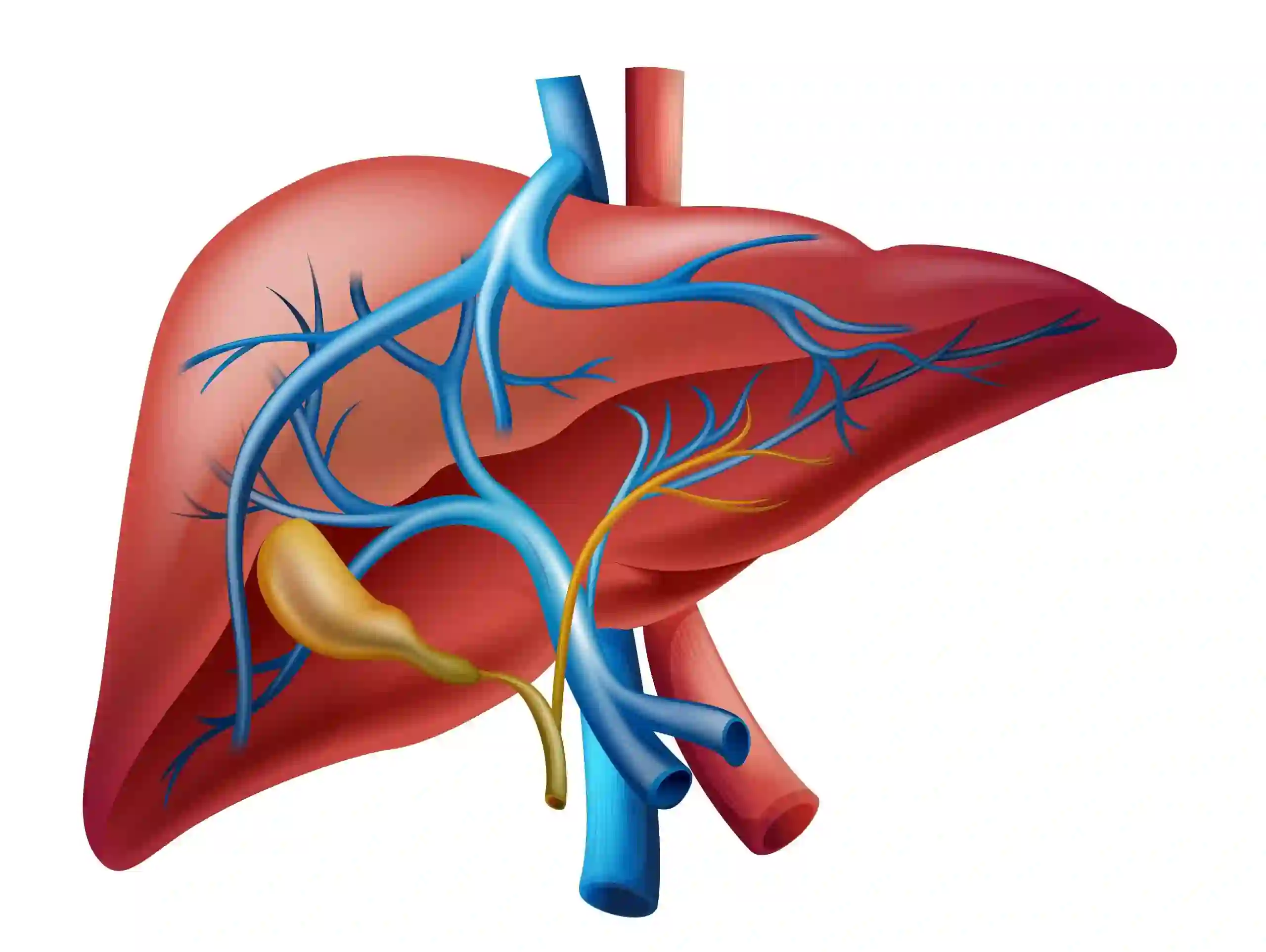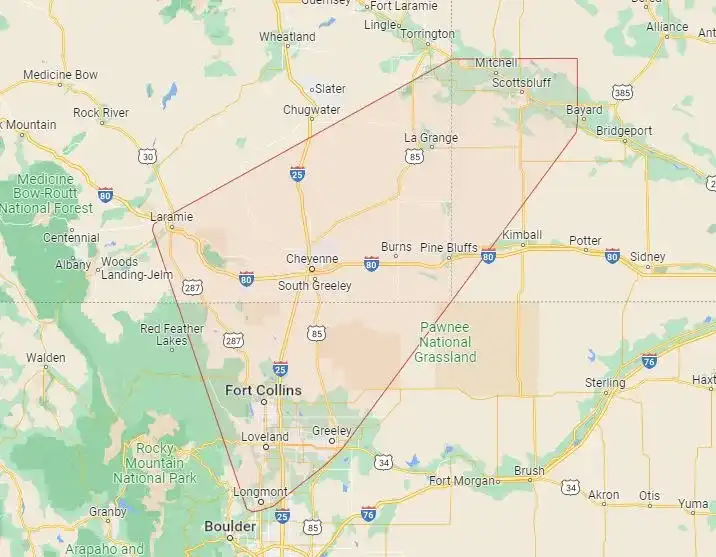Liver Resection Surgery
 The liver is the body’s largest internal organ. It plays a vital role in digestion, producing bile to breakdown food. It also plays a crucial role in eliminating waste by breaking down toxins before they are flushed out. The liver is also a production center for several enzymes crucial to metabolism. Liver cancer is one of the common cancers and is often fatal if not diagnosed and treated early enough.
The liver is the body’s largest internal organ. It plays a vital role in digestion, producing bile to breakdown food. It also plays a crucial role in eliminating waste by breaking down toxins before they are flushed out. The liver is also a production center for several enzymes crucial to metabolism. Liver cancer is one of the common cancers and is often fatal if not diagnosed and treated early enough.
Liver resection is the surgical removal of all or a portion of the liver. It is also referred to as a full or partial hepatectomy. The amount of tissue that will be removed depends on the size and location of the tumor(s). Liver resection is an effective approach for the treatment of different complications that affect the liver.
Whipple procedure
The Whipple method involves removing a part of the bile ducts, gallbladder, and pancreas.
Cholecystectomy
This refers to the process of removing the gallbladder.
Pancreatic resection
This is the process of removing the head of the pancreas.
Before surgery
Patient preoperative preparations include:
- An office visit for surgical consultation which includes a comprehensive history and physical, discussion of the details of the treatment plan, tests, and surgical procedure.
- Completion of clinical tests for workup and staging.
- Multidisciplinary tumor board review for an expert recommendation regarding treatment strategy.
After surgery
Generally, post-surgery care involves;
- A brief admission to the ICU may be required for complex procedures. Recovery then continues in the hospital ward for another three to five days. Procedures performed robotically typically have faster recovery and can expect discharge from the hospital one or two days earlier than after open procedures.
- The goals of postoperative care include: monitoring for and intervening on any complications that can occur, awaiting the resumption of normal bowel function, maintaining adequate hydration and nutrition, physical and occupational rehabilitation, and providing adequate pain control. Once these measures are met, the patient is discharged from the hospital. A post-operative follow-up office visit is typically scheduled one week from hospital discharge with Dr. Tierney.


